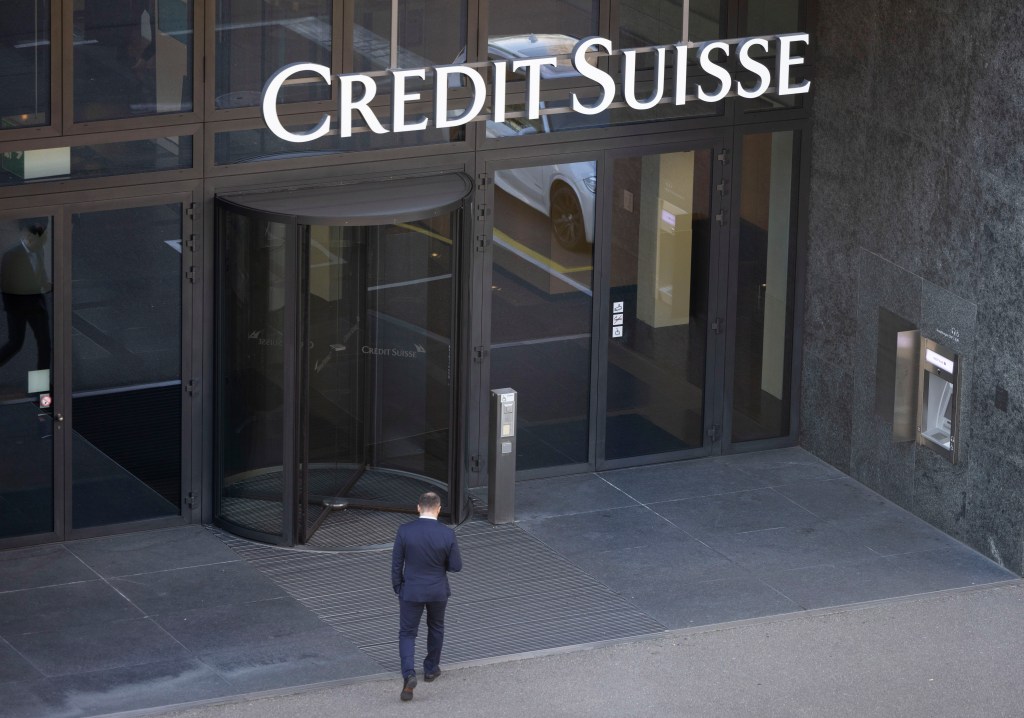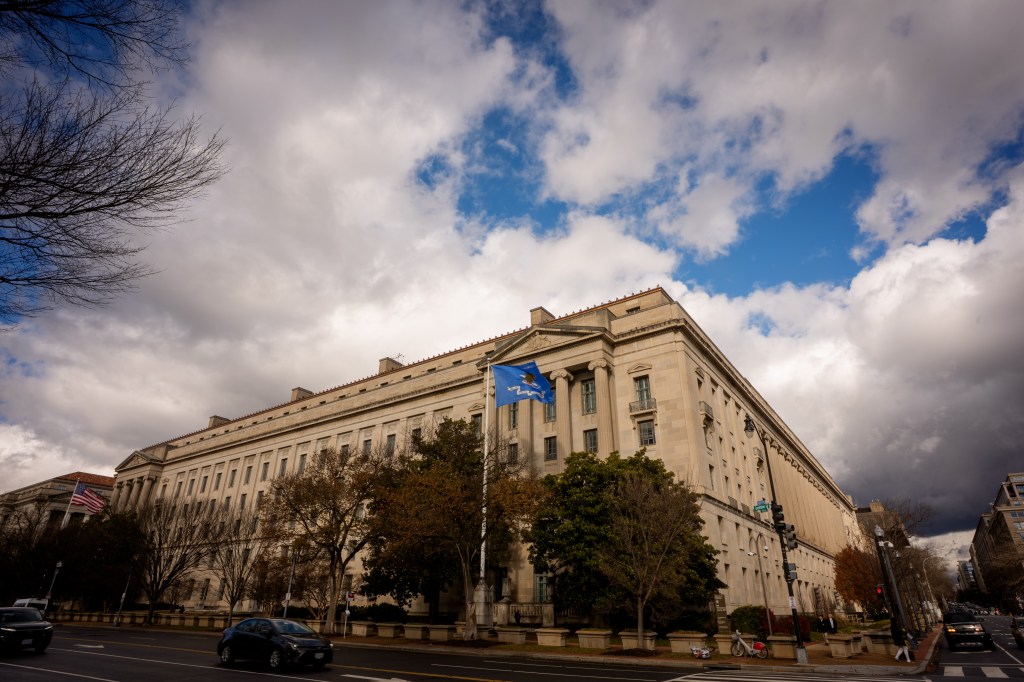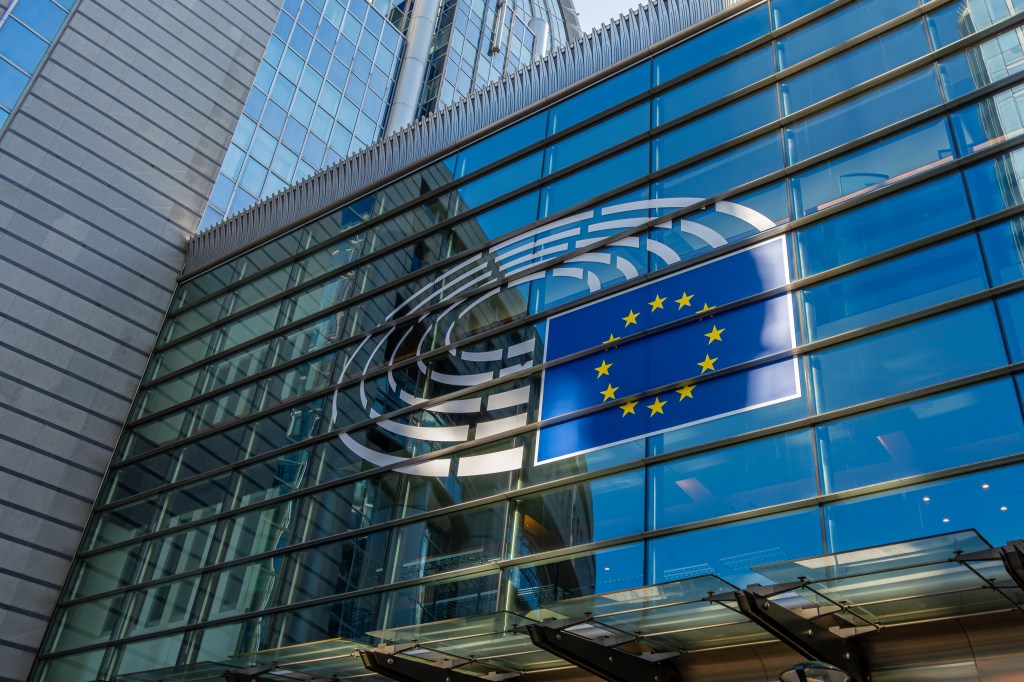The art world has witnessed a dramatic shift to the virtual space in the past few years, accelerated by the Covid-19 lockdowns. With millions of dollars changing hands and the ever-present threat of hackings, insurance protocols for the Non-Fungible Token (NFT) market may become a necessity in the near future.
Register for free to keep reading
To continue reading this article and unlock full access to GRIP, register now. You’ll enjoy free access to all content until our subscription service launches in early 2026.
- Unlimited access to industry insights
- Stay on top of key rules and regulatory changes with our Rules Navigator
- Ad-free experience with no distractions
- Regular podcasts from trusted external experts
- Fresh compliance and regulatory content every day
















